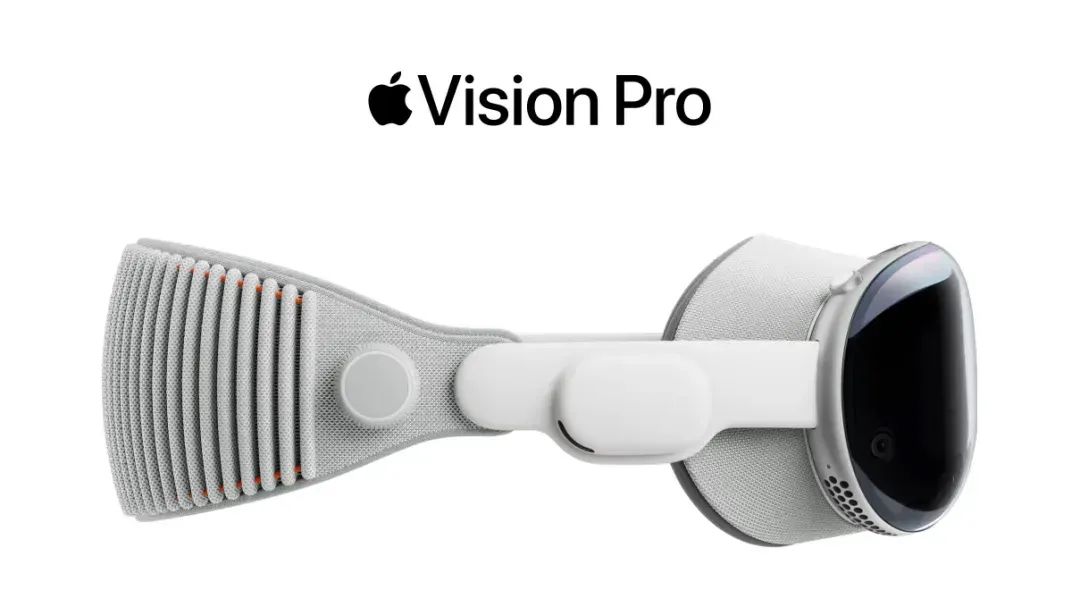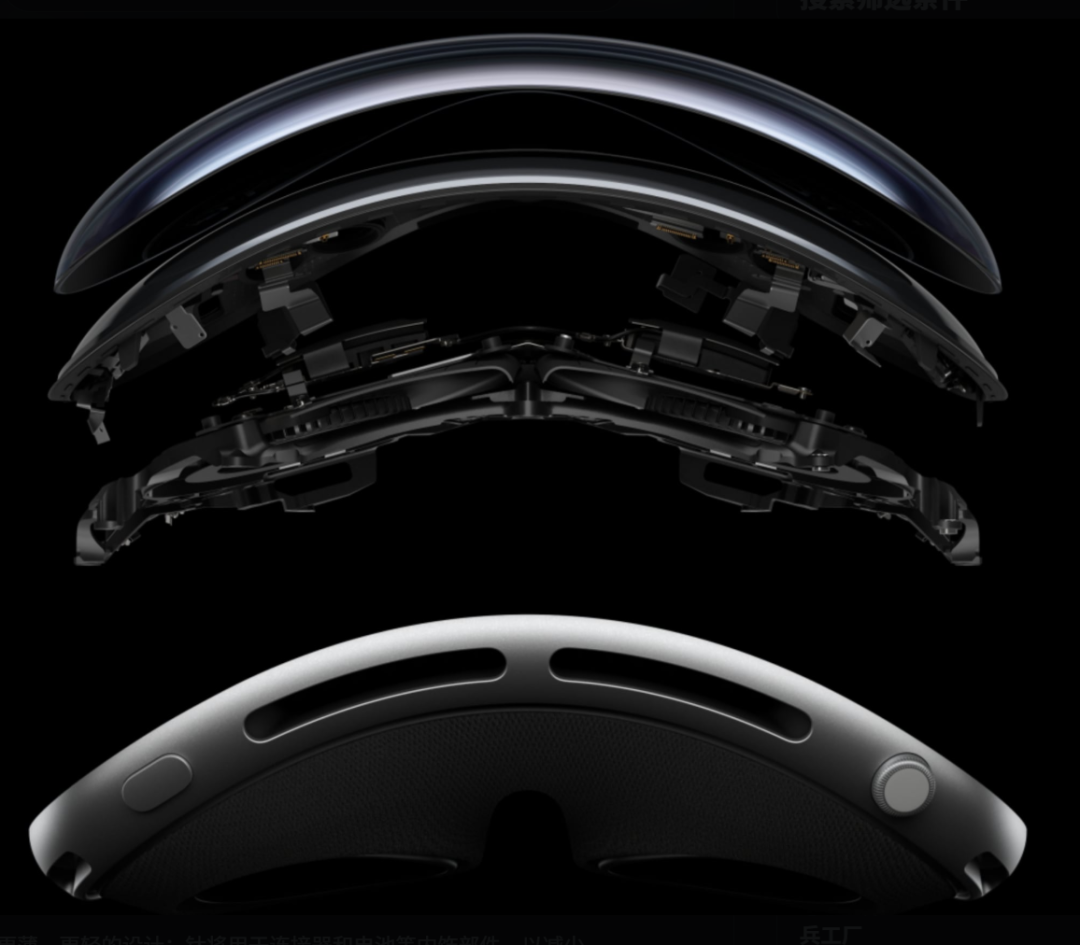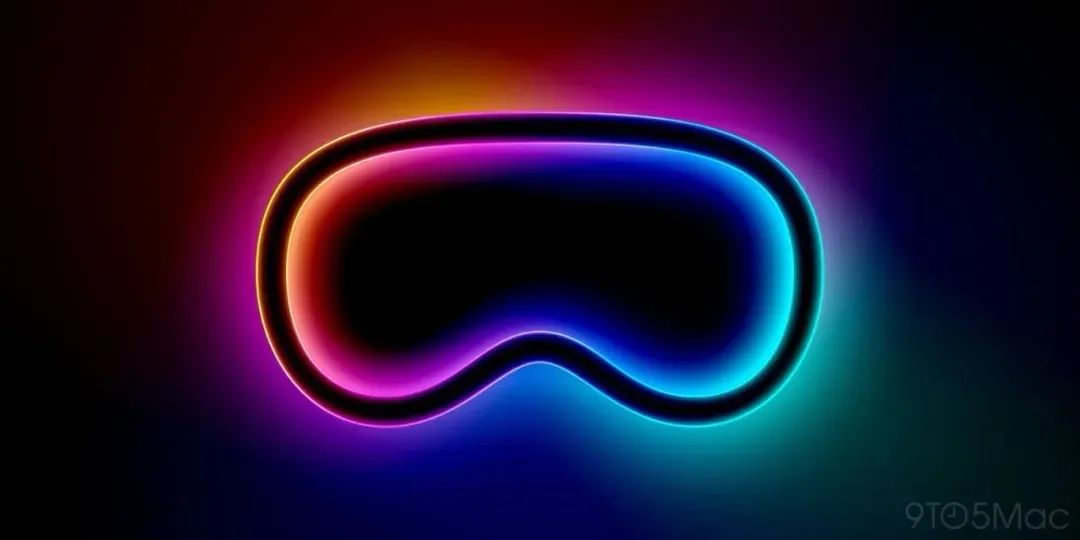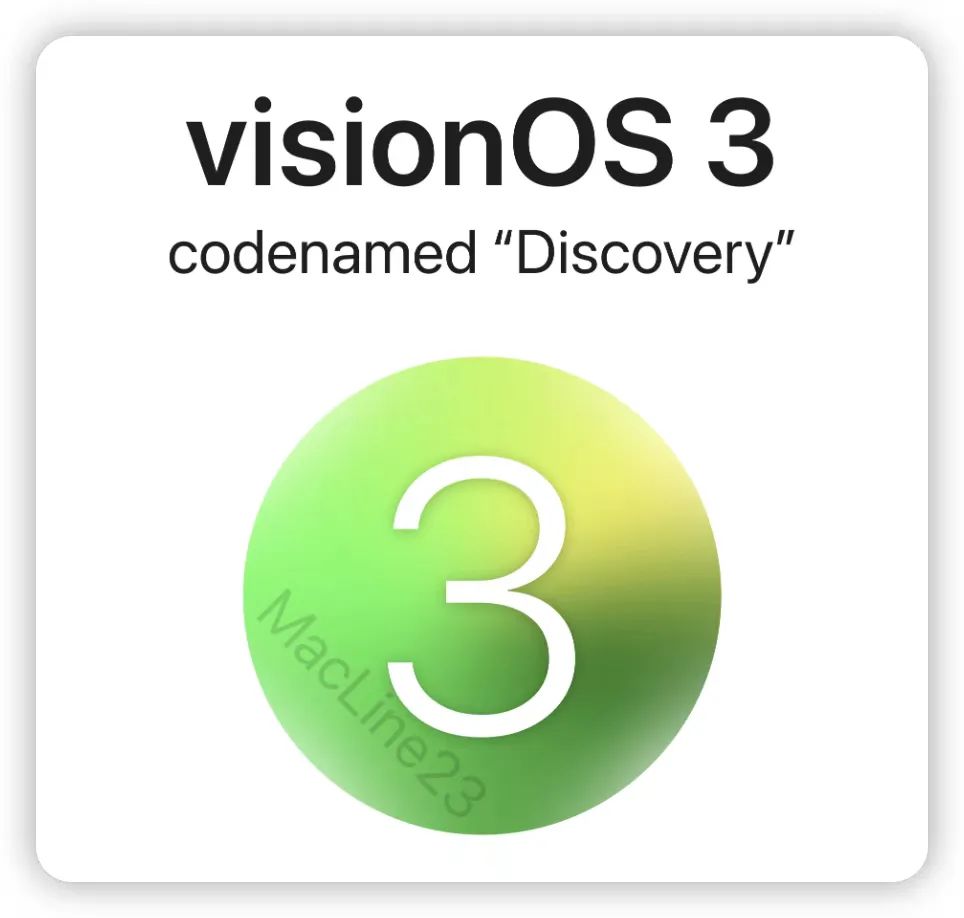“The Vision Pro represents Apple’s bold leap into spatial computing, but its success hinges on overcoming price barriers and ecosystem limitations.”
— Industry Analyst, Tech Insights Report 2025
1. Introduction: The Mixed Reality Landscape in 2025
Apple’s Vision Pro, launched in June 2024, promised to redefine spatial computing with its $3,500 headset. However, sales have underwhelmed due to:
- Prohibitive pricing
- 2-hour battery life
- Limited app ecosystem
- 600–650g weight
To expand adoption, Apple is developing two new devices: the lightweight Vision Air and upgraded Vision Pro 2.

2. Vision Air: A Lighter, More Accessible Option
2.1 Design and Weight Reduction
The 2025 Vision Air addresses ergonomics with:
- Titanium components reducing weight by 20–30%
- Midnight Blue color option
- Streamlined 8-pin connector

2.2 Performance and Limitations
Key specs include:
- M4/M5 chip for enhanced processing
- Dependency on Mac/iPhone tethering
- Slightly reduced field of view (FOV)
2.3 Pricing Strategy
At $2,100, the Vision Air targets mainstream users while retaining premium features.
3. Vision Pro 2: Refining the Flagship Experience
3.1 Hardware Upgrades
Expected enhancements:
- M5 chip for AI-driven performance
- Identical exterior design
- Improved thermal management

3.2 visionOS 3 and Apple Intelligence
New OS features:
- AI-powered spatial interactions
- Image Playground for 3D content creation
- Genmoji customization tools
4. Gaming and Controller Support
Apple partners with Sony for PlayStation VR2 controller compatibility, enabling:
- Precision motion controls
- Expanded gaming library support
- Potential visionOS 3 integration

5. Challenges and Future Outlook
5.1 Content Ecosystem
Apple must incentivize developers to build spatial apps through:
- 3D film partnerships
- Spatial Gallery app
- Developer revenue-sharing models
5.2 Market Competition
Rivals like Samsung and Meta threaten Apple’s dominance with:
- Android XR integration
- More affordable headsets
- Aggressive marketing strategies
5.3 Sustainability Efforts
Both models will use 100% recycled materials to meet Apple’s 2030 carbon neutrality goals.

6. Conclusion
Apple’s dual strategy positions it to dominate spatial computing:
- Vision Pro 2 for professionals
- Vision Air for mainstream users
- AI integration and gaming partnerships
While pricing remains a barrier, strategic upgrades and ecosystem development could establish Apple as the spatial computing leader. The future of immersive technology depends on balancing innovation with accessibility.

